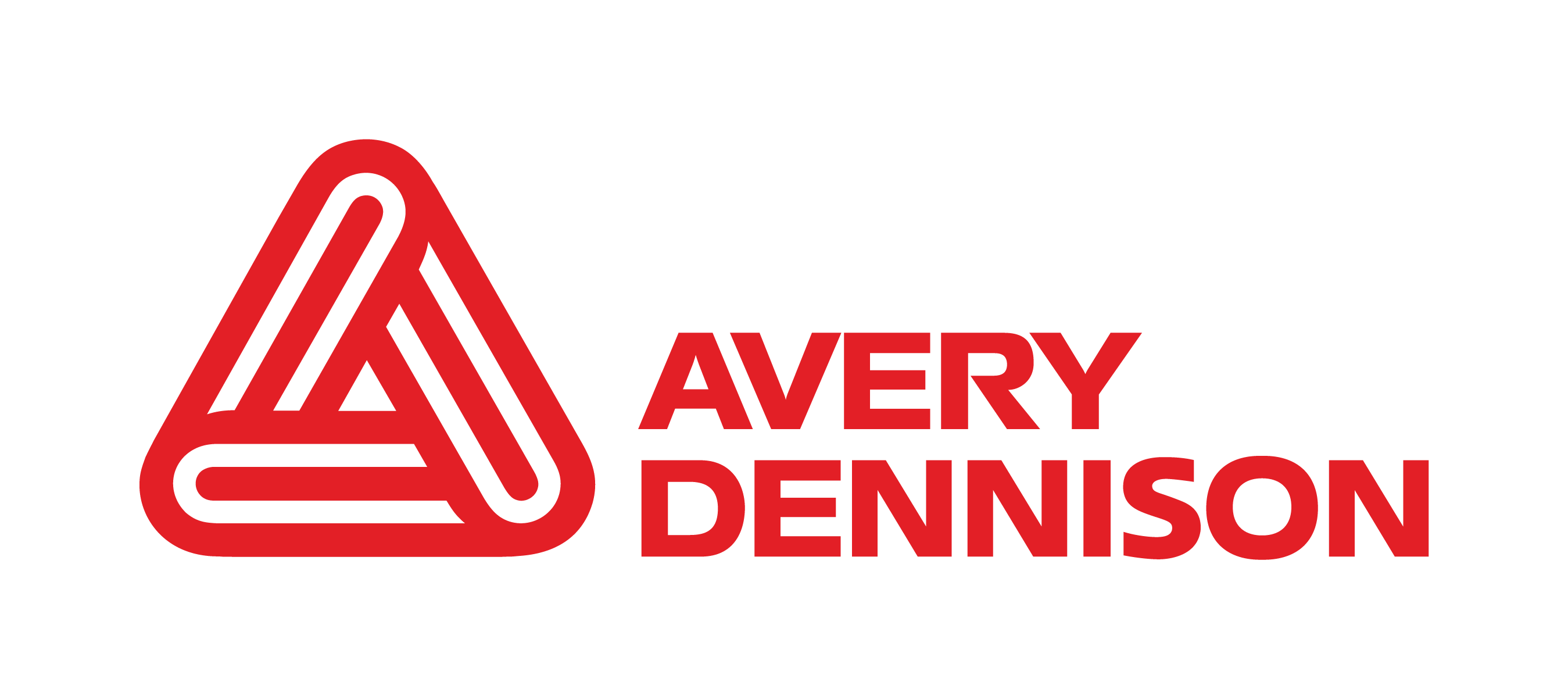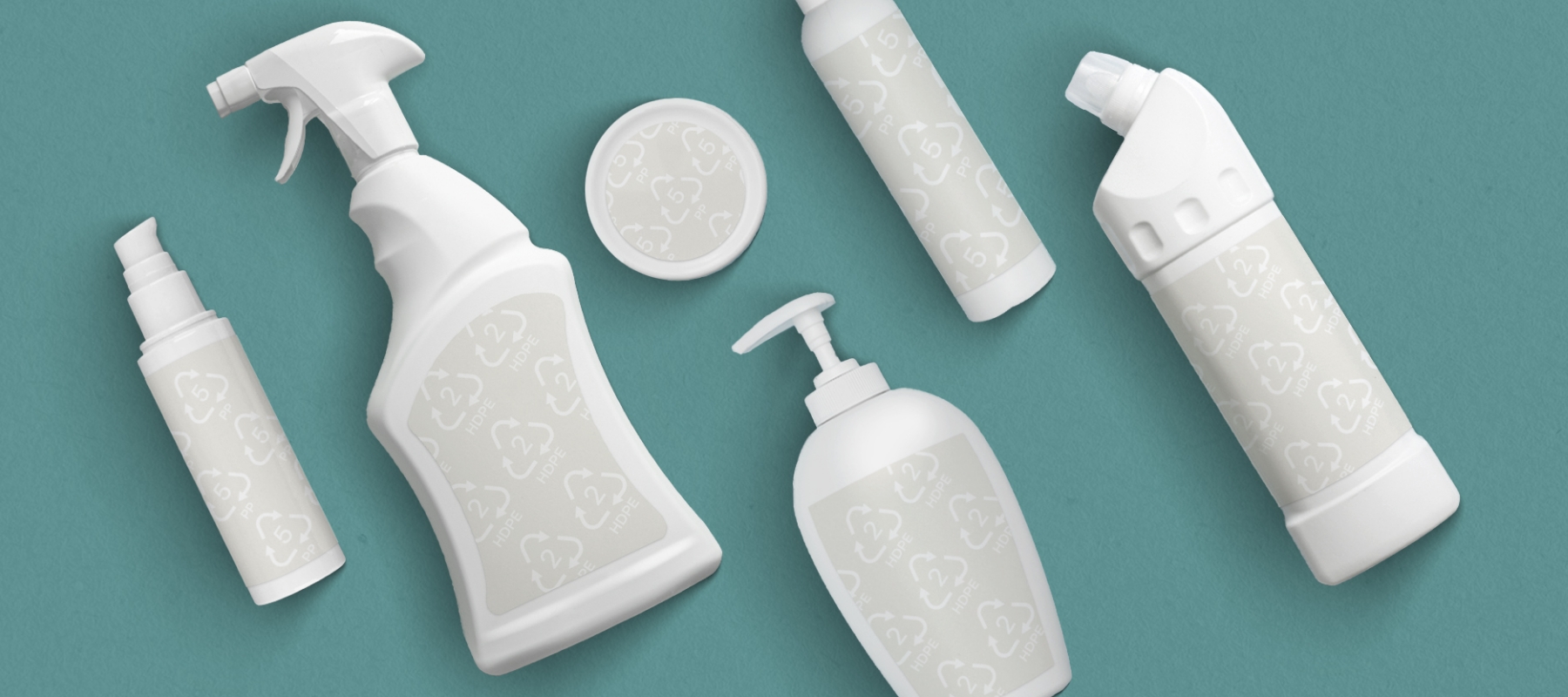What is HDPE packaging?
HDPE (high-density polyethylene) is a strong yet lightweight form of rigid plastic used in food and beverage containers, personal care products, cleaning products, and more. One of the most widely used types of plastic, it is non-biodegradable and must be recycled. HDPE is typically recycled in non-packaging products with growing investments in infrastructure to develop a closed-loop system.












